We continue our virtual tour of Marino Marini: Arcadian Nudes with three more pieces included in the show. Sadly we do not know whether we will have an opportunity to re-open this exhibition to the public (it is scheduled to close June 13, 2020), so we hope you will enjoy this descriptive guide.
– Danzatrice, 1948:
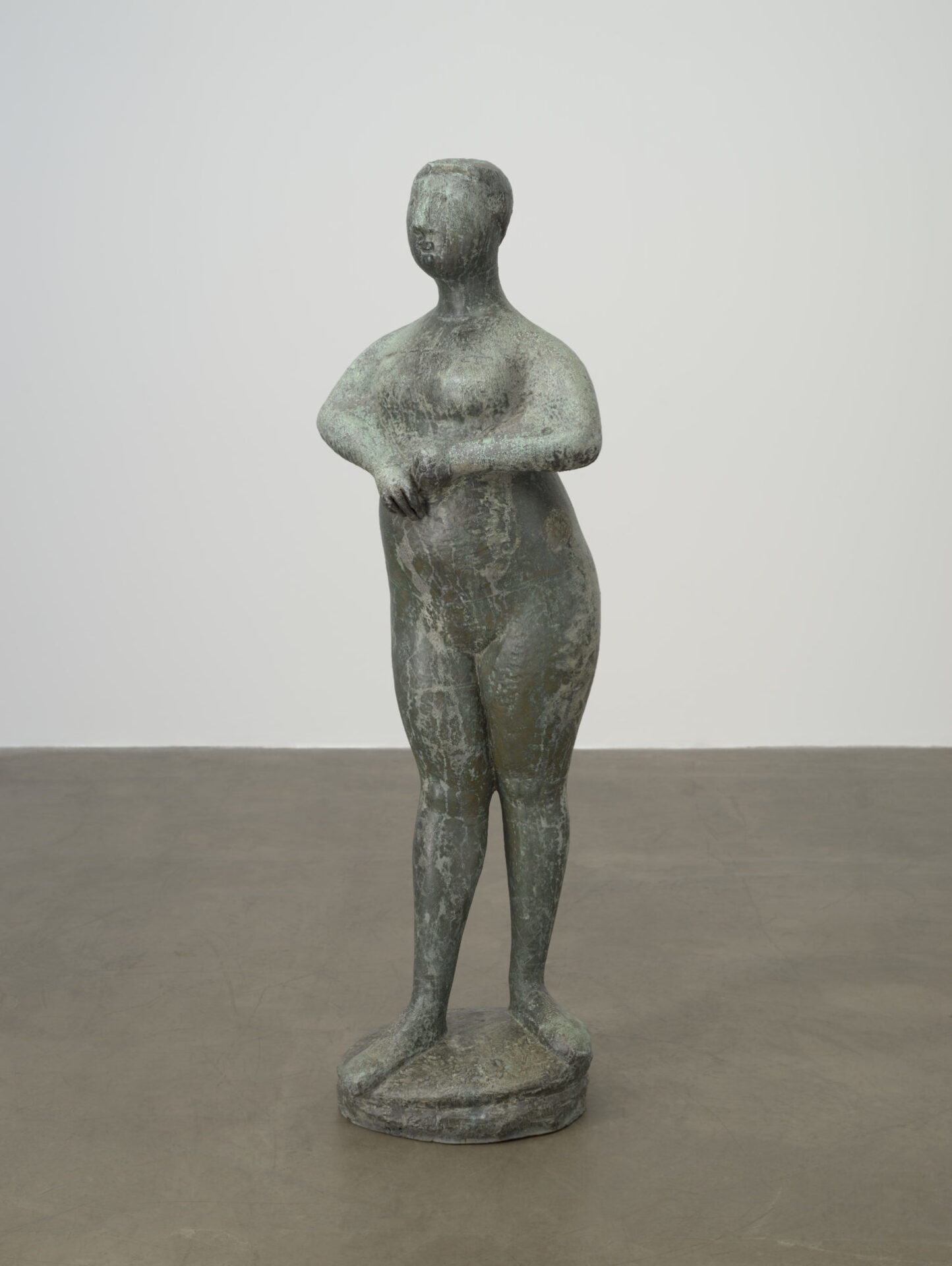
This piece was generously loaned to CIMA by the MoMA, which received it as a bequest from James Thrall Soby’s (1906–79) personal collection. Soby was an important critic, curator and Chairman of the Paintings and Sculpture Department at the New York museum from 1946 through 1967. He curated the exhibit Twentieth Century Italian Art held in the summer of 1949, and because he particularly appreciated the Italian sculptor, an entire room was dedicated to Marino Marini’s work during this exhibition. Soby purchase the piece in question in 1954, and he installed it in the garden of his home in Connecticut.
Here Marini negates any possibility of classical idealization of the female figure, with realistic details of clothing, small jewelry, a rich design on the surfaces, and the subtle irony of the figure, which presents
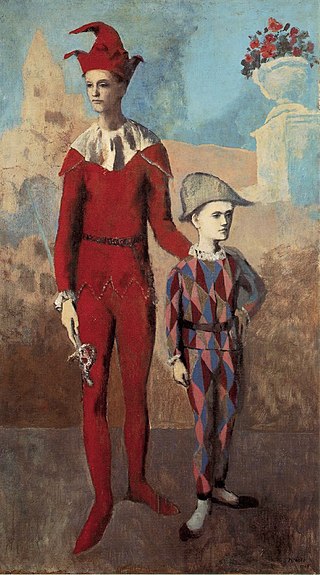
softly rotund shapes, and is captured in a moment of concentration before she begins to dance. He confers to her a grace and lightness that seem to contradict the monumentality of the sculpture’s scale, and the weight of the material.
The woman wears a stocking with a rhomboid pattern, meticulously etched onto the surface; like several other details of her attire, like the shoes, the neckline, the necklace, and even the artist’s signature and date “1948.” The rhombus is a reference to the Harlequins depicted by Picasso, who in those first years after WWII was the main point of reference for the majority of European artists.
It is likely that Soby particularly loved this pieces because he saw it as a modernist interpretation in sculpture of the classical theme of the woman/dancer, already proposed by Picasso in
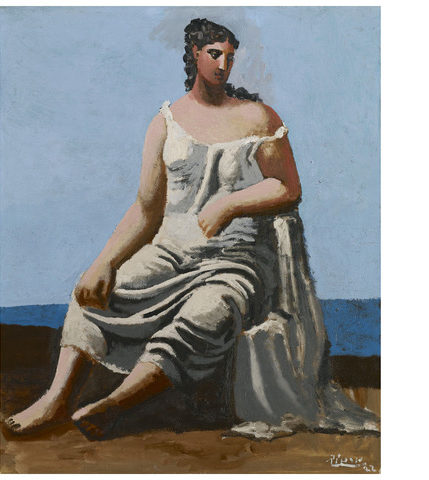
paintings of female figures with abundant shapes, dated to the first years of the Twenties, when the Spanish artist’s muse was his first wife, the dancer Olga Khoklova.
It was the MoMA, where Soby worked, that presented in its galleries one of the most significant collections of Picasso’s work from the first decades of the XX century– including Guernica– as the maximum example of the revolution that took place in modern art.
– Willem De Kooning, Woman, 1952-53:
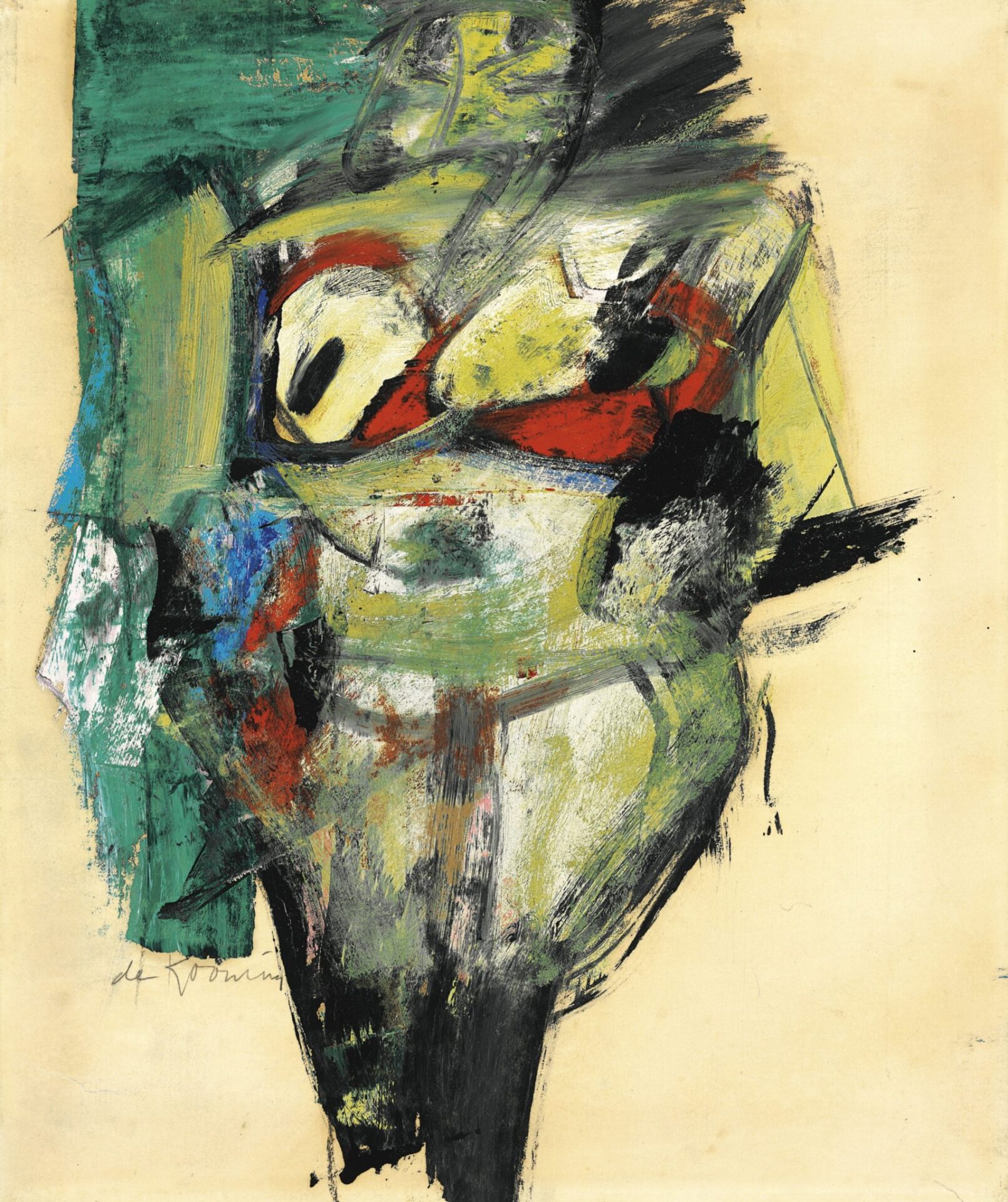
Willem de Kooning was a renowned American-Dutch painter. He was born in Rotterdam and moved to the United States in 1926, becoming an American citizen in 1962. His gestural works, which were loosely based on figures, landscapes, and still life, helped establish a distinctly American style of painting. In the 1940s, he became associated with the New York Abstract Expressionist movement, as he painted increasingly expressive figurative and abstract works and taught at the progressive Black Mountain College at the height of its artistic influence.
In the 1950s, de Kooning exhibited his first Woman series, which shocked audiences with its wildly brushed depictions of menacing women and brought him international fame. This De Kooning’s famous series were inspired in part by Pablo Picasso’s work, they featured a completely original approach to deconstructing the figure. “I don’t paint with ideas of art in mind. I see something that excites me. It becomes my content,” the artist once explained.
In our exhibition this Woman from 1952-53 provides an interesting comparison with a contemporary (to him) artist treating the same subject in a different medium and with bright colors. Both Marini and De Kooning offer a contemporary interpretation of the female figure, nude, or with simple, succinct clothes, that purposely opposes the classical tradition of the graceful female figure, sweet, and attractive. The ancestral female vitality appears rather as mysterious and anguishing.
– Nudo Femminile, 1932-34:
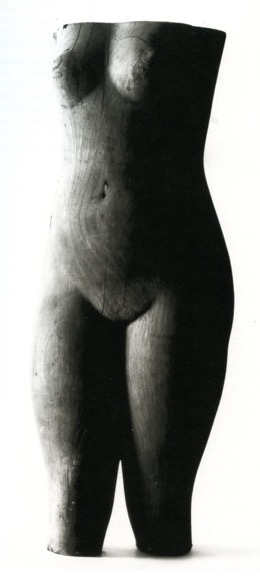
This wooden sculpture, the only one carved out of this material in our exhibition, was very important for Marini’s career. In fact, this Female Nude originally was complete: with a head, raised arms and legs. Marino created another very similar sculpture out of gesso in 1936, which was exhibited in the same year at the Venice Biennale, and was titled Maschera.
This piece attracted artist Carlo Carrà’s attention and was reproduced in 1937 in Lamberto Vitali’s monography on Marini, with a cut that excluded most of the sculpture’s head, arms, and the inferior part of the legs, concentrating all the attention on the core of the body, reduced to pure geometric forms.
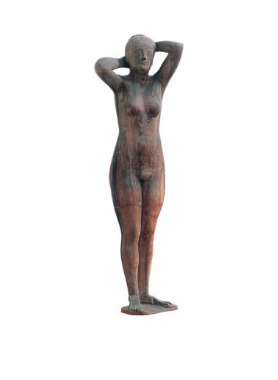
After the publication of this photograph, Marino decided to cut the wooden sculpture to transform it into a share made of pure, almost abstract volumes. Certainly the cutting of the wood was technically more simple than a mutilation of the sculpture made of gesso, which is now preserved at the Museo Marino Marini in Florence, in its entirety.
